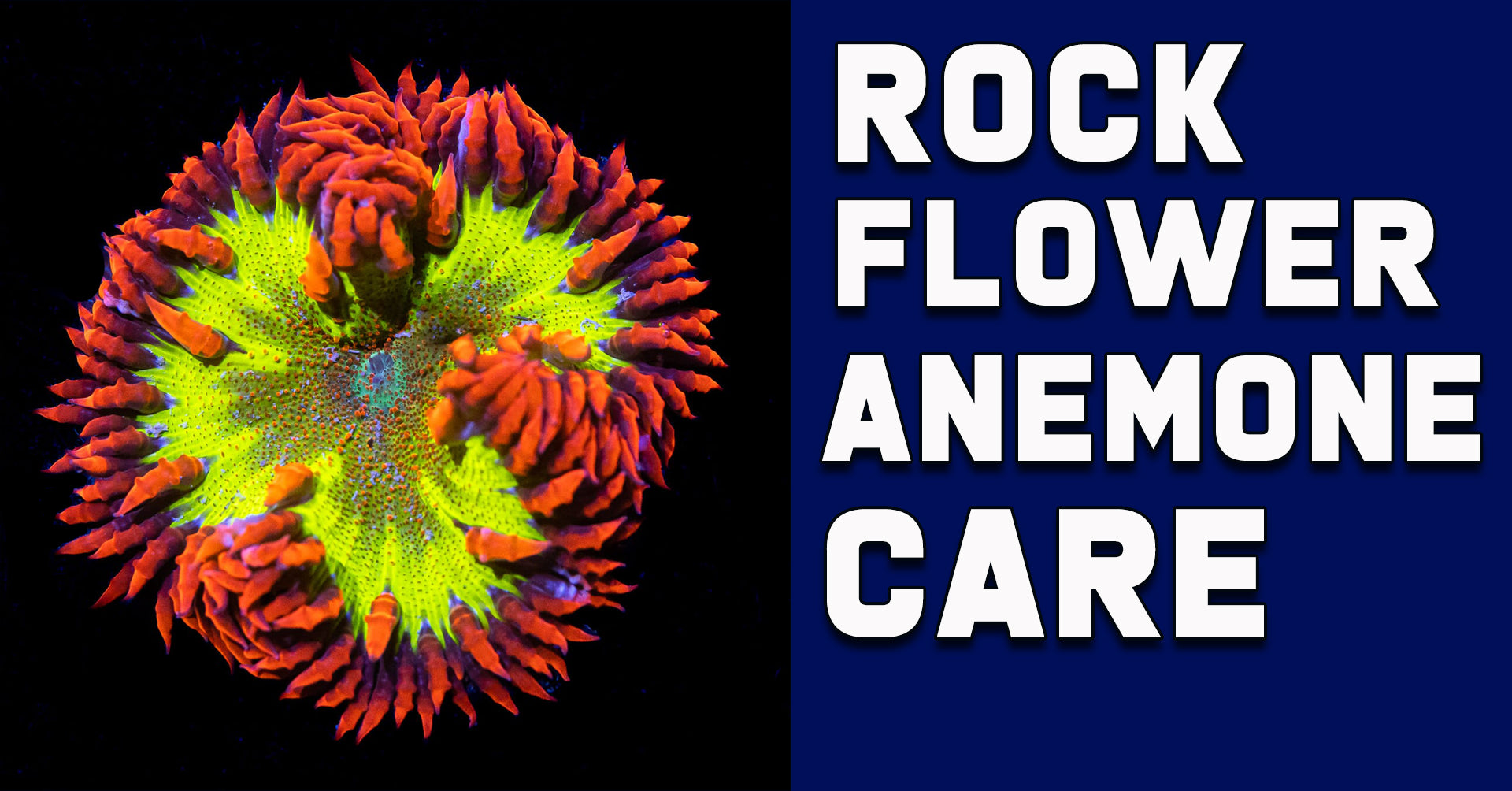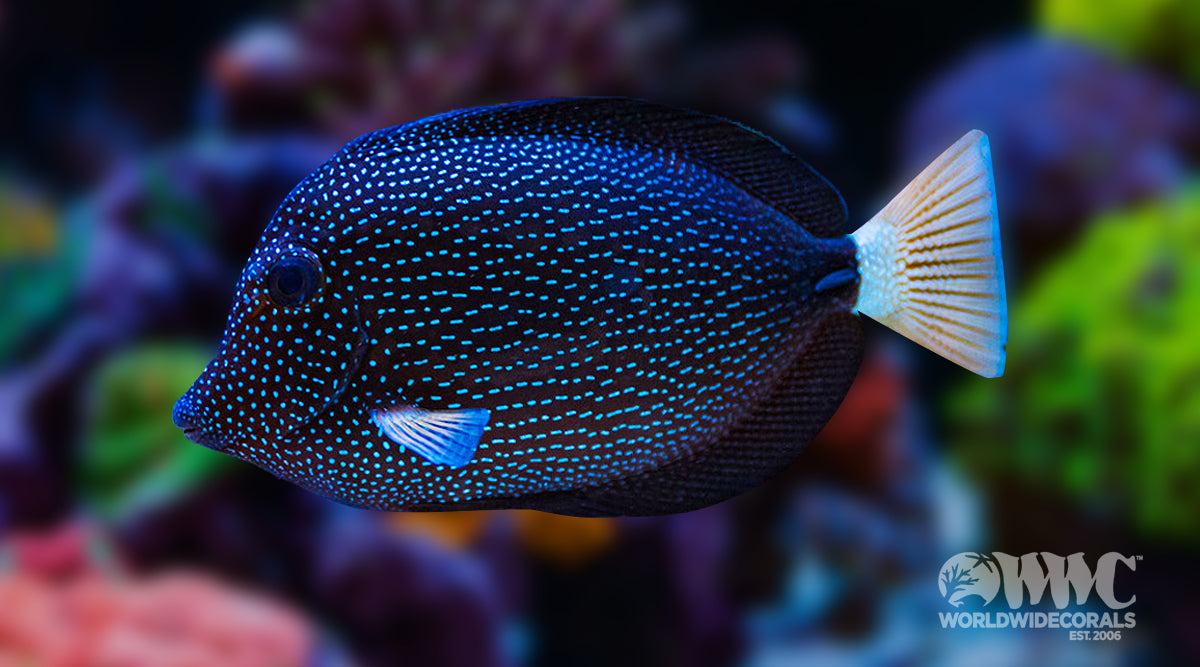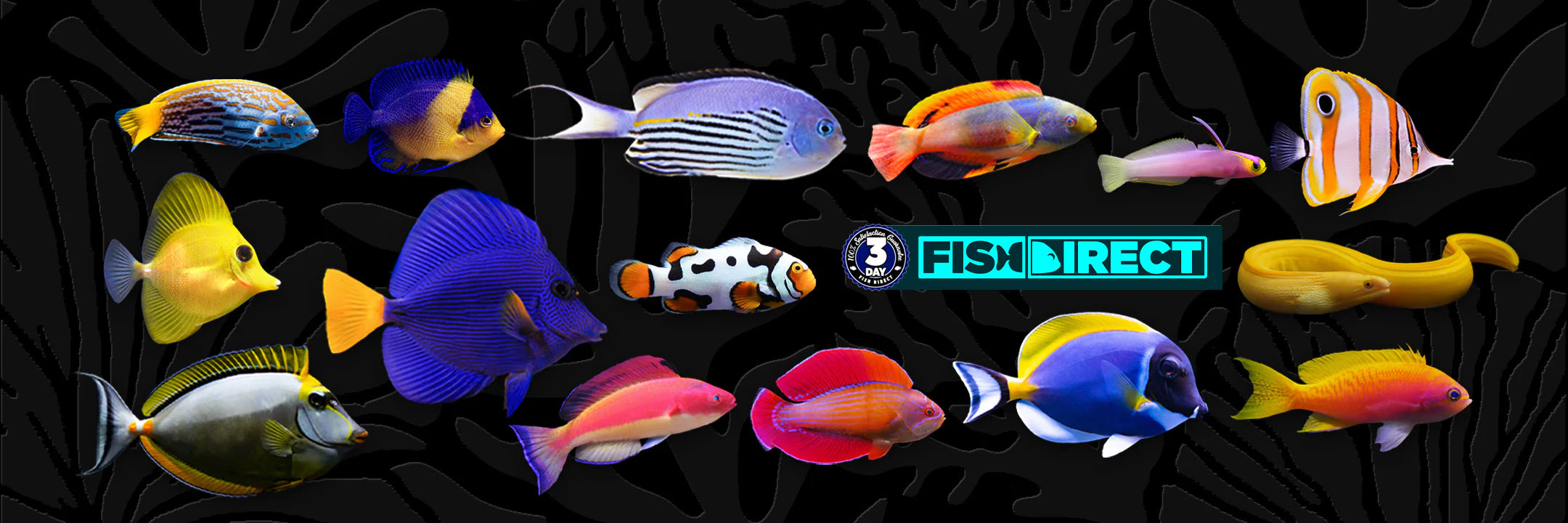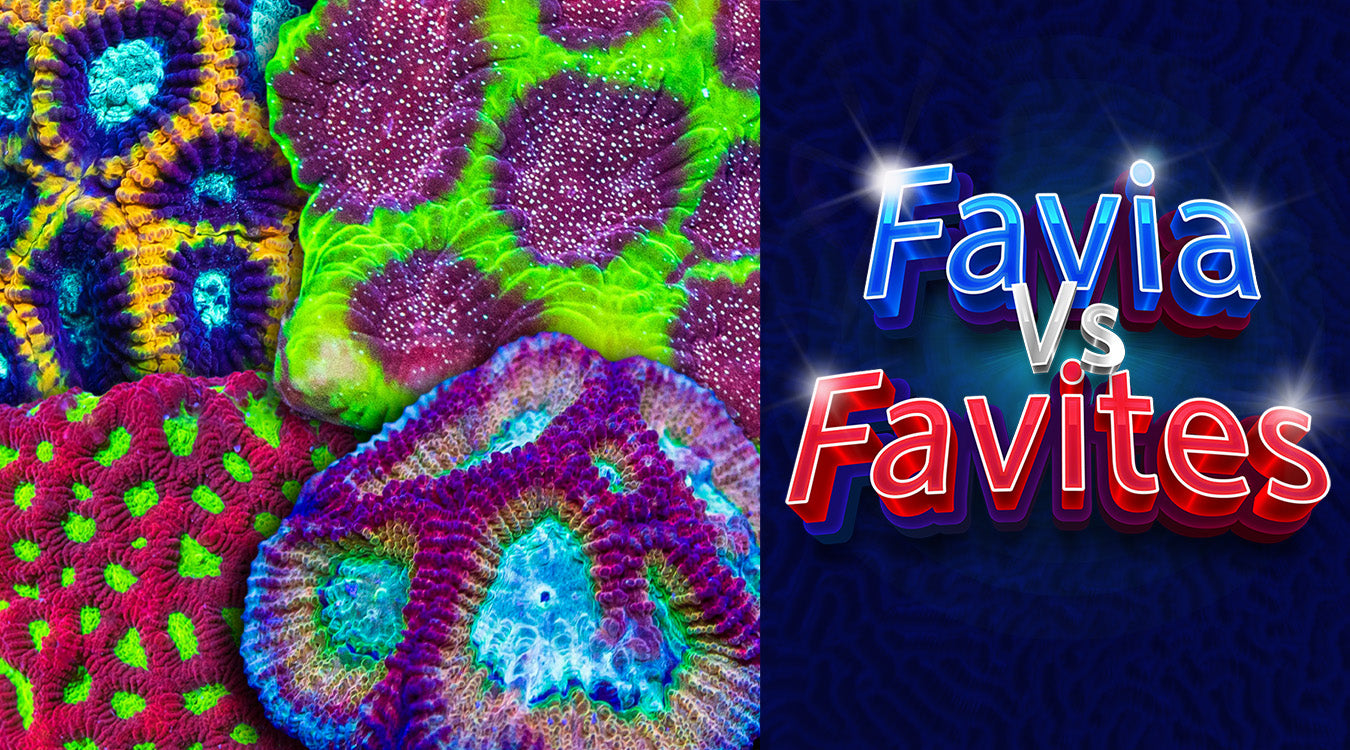Rock flower anemones are great for beginners. They are low maintenance and easy to care for. They aren’t overly particular when it comes to lighting and flow. They will stay put and don’t move around as much as other species of anemones. In addition to that they are affordable, colorful, and will do well in most sized tanks. But before you rush out to buy one, take a look at the information below so you can start out successfully.

Before getting into how to care for a rock flower anemone, it’s important to know a little bit about them. There are around 11 different species of rock flower anemones (Phymanthus sp.) all of which are native to the tropical Caribbean waters. Rock flower anemones can be easily identified by their shape. Unlike most of the anemones you will see for sale at your local store, rock flower anemones are a distinct disk shaped anemone especially when they are fully opened up and their edges are not curled inward. Their mouth is at the center of their body and there can be up to 200 different tentacles surrounding their disk. Their size is another thing that is different, as they are fairly small. Typically they are sold between 1 to 2 inches in diameter and they can grow up to 4 inches wide. However, in the wild there have been documented cases of Rock Flower Anemones that are up to 8 inches in diameter. Their smaller size isn't the only thing that sets the rock flower anemone apart from other anemones you might find. Many Rock flowers have short arms or tentacles that can vary in shape from smooth to something that’s slightly jagged.
Something else that sets rock flower anemones apart is their color. While you can find some brightly colored anemones, nothing compares to the colors and patterns you will find on the rock flower anemones. From turquoise blue centers ringed in neon yellow-green with bright red-orange tentacles, to neon pink and orange centers with vibrant celestial blue tentacles, to neon green tentacles framing bright green and blue stripes, and even the more subtle but still vibrant monocolored reds and greens- the rock flower anemones are a sight to behold. Pricing for these colorful anemones can range from $10 up to $200+ for the designer colors and patterns. Typically the monochromatic individuals are towards the lower end and the rarer patterns, bold colors, and jagged frills are at the upper end. It’s reasonable to expect to pay around $60 for an attractive specimen. Although these anemones are small, they can bring a large pop of color to any tank.
An important thing to keep in mind with any new coral is its placement. Rock Flower nems are a bit different from other anemones in where they spend their time. Rock Flower Anemones are not picky when it comes to flow or lighting, though moderate flow and light is recommended. They prefer some type of substrate like a sand bed or rockwork to settle on to. One reason hobbyists love them is because once they select a spot to settle they tend to stay there. Of course there are always exceptions to the rule and at least one hobbyist has experienced a rock flower climbing the tank walls. While they are able to move around it's not that common, but it never hurts to consider keeping a protective cover on powerheads and wave makers.

Another area in which these anemones will vary from other anemones is in their reproduction. Most species can be easily propagated asexually, however that is not the case with the rock flower anemone. Rock flowers reproduce sexually, however it’s difficult to tell which individuals are male and which individuals are female. The best way to ensure that rock flower anemones will reproduce in a tank is to have multiple individuals. When they do spawn, the baby rock flower anemones can often be found underneath the petals or tentacles of the adults. It will stay there until it grows to a certain size, and it will migrate out and find a home among the substrate and rock work. Unlike the adults, the baby rock flower anemone is fairly pale in color but has a similar set of dietary needs.
Rock flower anemones are photosynthetic carnivores and will accept a large variety of food that is both offered to them as well as pulling food out of the water column around them during broadcast feedings. Using a pipette or a turkey baster they can be fed directly around 3 times per week. When feeding them make sure to offer the appropriate sized food. The baby anemones can’t eat the larger meaty pieces that the adults can, and will benefit from smaller, frozen food like cyclopods and even specially prepared coral food like OysterFeast or Pac Pods (Reef Nutrition), Reef Roids (PolypLab), or Benepets.
Consider feeding the adults, meaty chunks of chopped up seafood like shrimp, scallops, brine shrimp, or a mixed blend of seafood like Rod’s or LRS. One thing to make sure of is that the pieces of food are small enough to fit into the mouth of the anemone. Offer the food to the outer edge of their disk, and they will do the rest of the work using their tentacles to pull it into their mouth. If there are numerous fish in the tank, try and feed the fish at the same time as the anemones are eating so the fish won’t be tempted to steal the anemones food. If you don’t want the hassle of individually feeding each of the rock flower anemones, there’s always the option of broadcast feeding. Placing the food in the flow of a return pump or a powerhead will help to disperse the food throughout the tank, just make sure to pause the flow, so the food has a chance to get down to the anemones
When introducing a new species to a tank, it's important to look at how well it will get along with other species. Something that makes them great additions is that they get along well with corals, fish, and with a few inverts they will even form symbiotic relationships. If you are hoping to see this, try to pair them with other Caribbean species like Sexy Shrimp, Anemone Shrimp, or a Porcelain Crab. Use caution in keeping them with clownfish, as they don’t typically get along. Other species that have been known to annoy the rock flower anemones are some of the sand sifting species like starfish. These anemones are not without defenses, their tentacles are sticky to the touch and contain nematocysts or stinging cells which they use to help eat their food. Rock flowers get along well with other rock flowers and multiple individuals can be kept in a small area making a fun colorful rock flower garden.
One great thing about rock flower anemones is that they will do well in most sizes of tanks from the smaller nano tanks all the way up to the larger reef tanks. No matter what size tank they are kept in, water quality is always important. Their preferred parameters are:
Salinity: 1.025
pH: 8.1-8.4
Alkalinity: 8-12 dKH
Magnesium: 1250-1350 ppm
Calcium: 400-450 ppm
Besides acclimating the rock flower anemone to its new tank, there’s not much else to do. Just like with other anemones, do not dip the rock flower anemone as it can cause them harm. If you are hoping to get them to settle in a specific area, consider putting an anemone cage or box around them. Another option would be to place them in a box with bits of gravel to settle on and then once they are settled on a piece, place that piece of gravel where you’d like them.
If you are just starting out and are looking for something bright and colorful to add to your tank that is hardy and easy to care for, consider adding a Rock Flower Anemone




